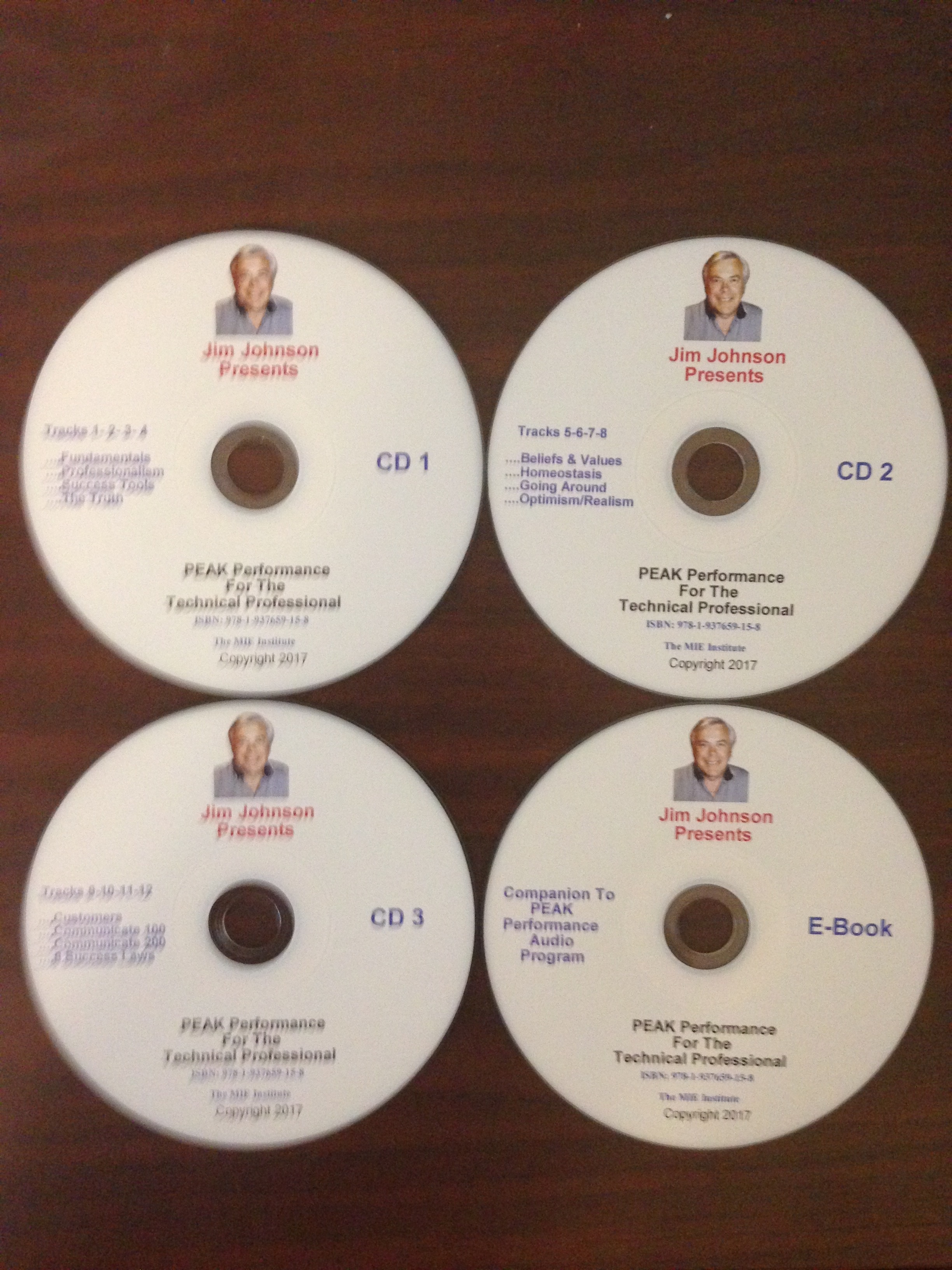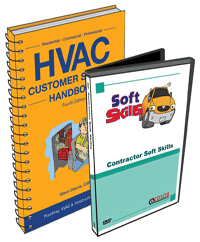ASHRAE has released a guide for HVAC construction design in areas with chilly weather.
The Cold-Climate Buildings Design Guide from the American Society of Heating, Refrigerating, and Air-Conditioning Engineers provides information on HVAC issues commonly faced by designers in wintery areas.
The association says that buildings in arctic and subarctic climates face challenges related to the cold such as remoteness, limited utilities, permafrost and extreme temperature shifts.
“Harmonizing human comfort with the climatic realities of these environments is a balancing act,” said Erich Binder, who oversaw the writing of the guide. “Strategic design is key to building, commissioning and operating efficient and long-lasting cold-climate structures.”
The guide provides tips from ASHRAE committee members for designing, operating and maintaining buildings and systems in cold climates, such as temperature, frozen precipitation, wind, permafrost and frozen ground.
Some of the topics covered include: the importance of keeping critical equipment sheltered; design techniques to keep windblown snow from getting into HVAC intakes; protecting HVAC market equipment from frost; avoiding or minimizing external service pipe runs; providing safe access to roof mechanical plants; and the design impacts from non-mechanical components of a facility, such as building envelope and roof construction.
Along with covering cold climates, the guide also applies to all climates that have a heating season.
“We do cover the extreme cold climates very well, but we also have very useful information for any buildings which have heating for part of the year,” said Frank Mills, who helped write the guide.
The guide also includes an appendix with seven case studies of buildings, which are located in cold and extreme cold climates, and are leaders in their field in efficiency and cold-climate design.





